瞭解網站地圖及其對網站的重要性

A 網站地圖 是您提供網頁、視訊、圖片和網站上其他檔案的資訊,以及它們之間關係的檔案。搜尋引擎如 Google 使用此檔案更有效率地抓取您的網站。網站地圖可協助搜尋引擎了解您網站上哪些頁面或檔案最為重要,並提供其他詳細資訊,例如頁面更新的時間或是否有其他語言版本。
在網站地圖中,您可以提供不同類型內容的詳細資訊,包括影片、圖片和新聞文章。舉例來說
- 視訊網站地圖 可包括視訊長度、評分和預定觀眾等資訊。
- 圖片網站地圖 可以指定圖片在網頁中的位置。
- 新聞網站地圖 可指出文章標題及其出版日期。

您是否需要網站地圖?
即使您的網站結構良好,有適當的內部連結,所有必要的頁面都可以透過導覽連結(如功能表)到達,網站地圖仍然可以發揮重要的作用。它對於大型、複雜的網站,或那些有特殊內容類型(如富媒體(視訊和圖片)或新聞)的網站尤其有益。

在下列情況下,您應該考慮使用網站地圖
- 您的網站很大:大型網站可能會有無法透過標準導覽輕鬆存取的頁面。要確保連結所有必要的頁面是相當困難的,這也增加了搜尋引擎遺漏某些頁面的機會。
- 您的網站是新網站,缺乏外部連結:Google 等搜尋引擎發現新內容的主要方式是追蹤其他網站的連結。如果您的網站是新網站,而且沒有許多反向連結,除非您提交網站地圖,否則 Googlelebot 可能無法找到您的所有內容。
- 您的網站包含豐富的媒體或新聞內容:如果您的網站載有大量影片、圖片或新聞文章,網站地圖可協助 Google 找到這些媒體檔案並編入索引。例如,視訊元資料 (如時間長度和觀眾) 可包含在視訊網站地圖中,以協助 Google 瞭解這些內容。
另一方面,您可能不需要網站地圖,如果:

- 您的網站很小:如果您的網站包含少於 500 個頁面,而且這些頁面都有良好的內部連結,Google 很可能在沒有網站地圖的情況下找到所有重要的頁面。
- 您的網站有完整的內部連結:如果您所有重要的網頁都能透過內部連結輕鬆到達,Googlebot 就能發現這些網頁,而不需要網站地圖。
- 您的媒體或新聞文章很少:如果您沒有許多需要索引的影片、圖片或新聞文章,則可能不需要網站地圖。
Googlebot 如何瀏覽您的網站
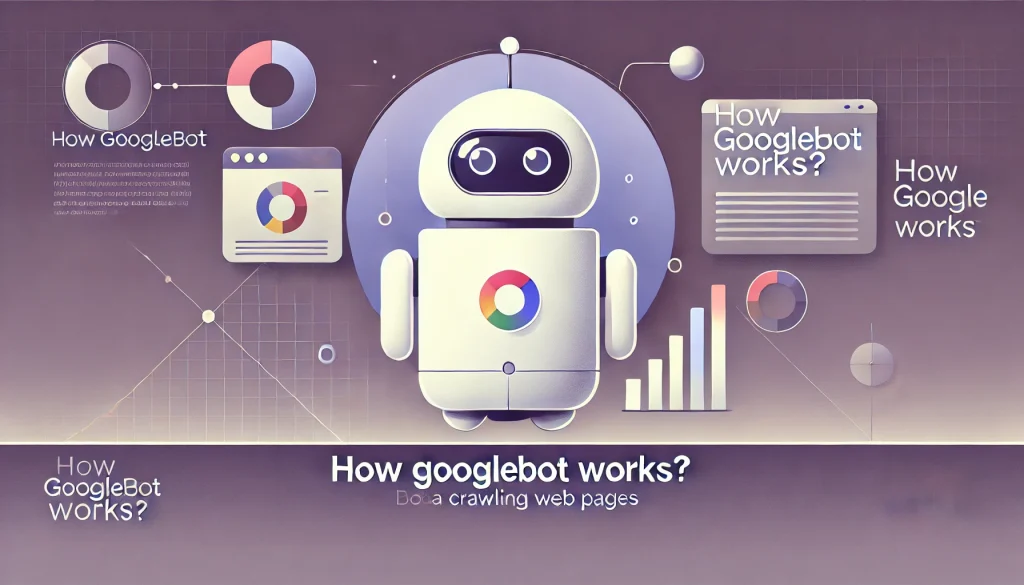
Googlebot 是 Google 網路爬蟲的名稱,負責在網路上發現內容並編入索引。有兩個版本:
- Googlebot 行動版:模擬行動使用者抓取行動版網站。
- Googlebot 桌面:模擬桌面使用者抓取桌面版本的網站。
這兩種 Googlebot 類型在您的 robots.txt 檔案中遵循相同的規則。但是,由於 Google 主要使用 行動優先索引, 大部分的抓取都是由行動版本完成的。這表示您網站的行動效能與結構對於 Google 如何索引您的內容扮演著關鍵的角色。
Googlebot 爬取網站的平均速度為每幾秒一次。這個頻率會因您網站的大小和新內容的數量而有所不同。Google 使用分散式運算,多個爬行器從不同的 IP 位址同時工作。這有助於改善效能,並確保 Googlebot 的請求不會讓您的伺服器負荷過重。
為了優化抓取,Googlebot 可以使用 HTTP/2 如果您的網站支援 HTTP/2,就可以減少伺服器和爬蟲的負載。但是,與 HTTP/1.1 相比,使用 HTTP/2 並沒有排名優勢。您可以透過返回一個 421 HTTP 狀態代碼 當嘗試爬行時。
管理 Googlebot 的抓取頻率和限制
Googlebot 會自動管理其對大多數網站的抓取速度,以避免您的伺服器負荷過重。但是,如果您的伺服器無法跟上 Googlebot 的要求,您可以使用 Google 搜尋控制台 以降低爬行速度。
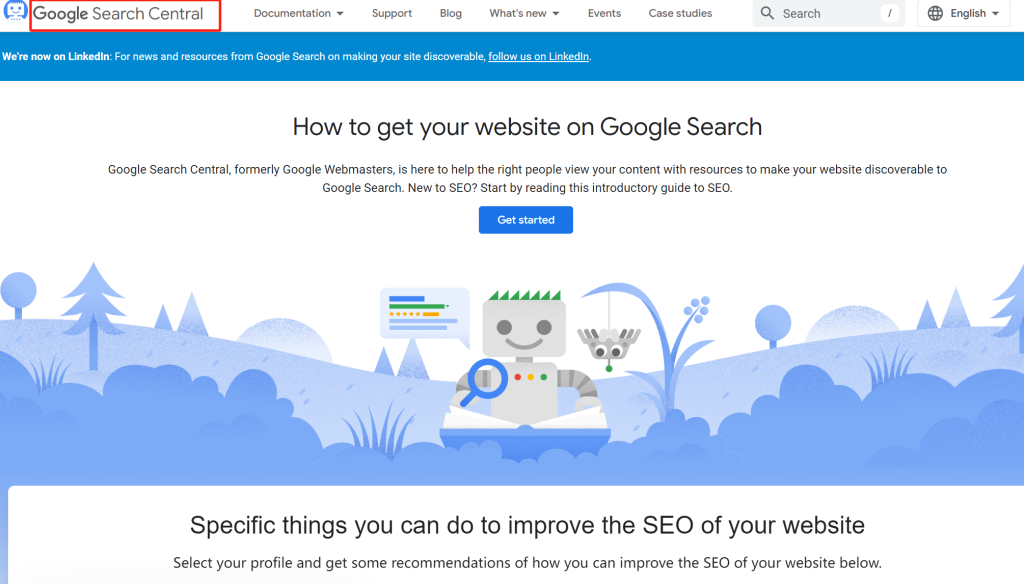
Googlebot 的程式會爬到第一個 15MB 的 HTML 或支援的文字型檔案。在達到此大小限制後,Googlebot 會停止抓取檔案,只有前 15MB 會被視為索引。值得注意的是,此限制適用於未壓縮的資料。因此,如果您的網頁非常巨大,您可能需要優化您的檔案,以確保所有關鍵內容都在前 15MB 之內。
阻止 Googlebot 抓取某些頁面
如果您想阻止 Googlebot 抓取您網站上的特定頁面,有幾個選項:
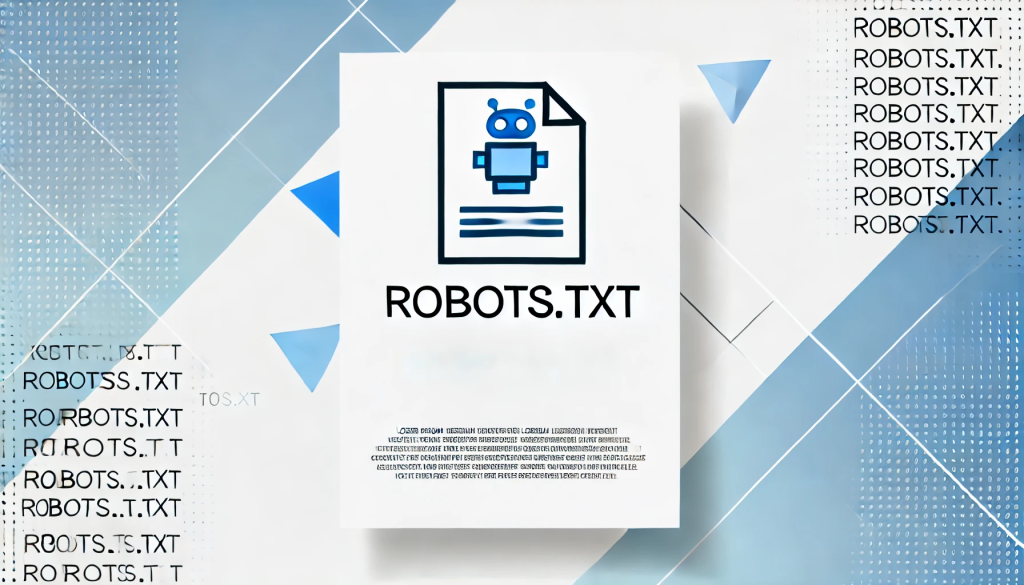
- 使用 robots.txt:透過在 robots.txt 檔案中指定規則,您可以阻止 Googlebot 抓取某些頁面。
- 使用 noindex 指令.此指令可確保某些網頁即使被抓取,也不會出現在 Google 的搜尋結果中。
- 使用密碼保護:密碼保護這些網頁是阻止爬蟲和使用者存取某些內容的有效解決方案。
驗證 Googlebot 的身分

驗證自稱來自 Googlebot 的請求的真實性非常重要,因為其他爬蟲可以偽造 Googlebot 的身份。確認來自 Google 的請求的最佳方法是檢查 請求的 IP 位址 並與 Google 官方的 Googlebot IP 位址.
結論: 網站地圖對您的網站是否必要?

總括而言,雖然 Google 經常可以在沒有網站地圖的情況下找到並抓取您的網站,但在某些情況下使用網站地圖是非常有益的。對於大型網站、新網站或有豐富媒體內容的網站來說,網站地圖是一個很有價值的工具,可以幫助 Google 等搜尋引擎更有效率地發現您的內容並優先排序。透過提供詳細的網站地圖,您可以確保最重要的頁面會被索引並顯示在搜尋結果中,從而有可能改善網站在搜尋排名中的表現。

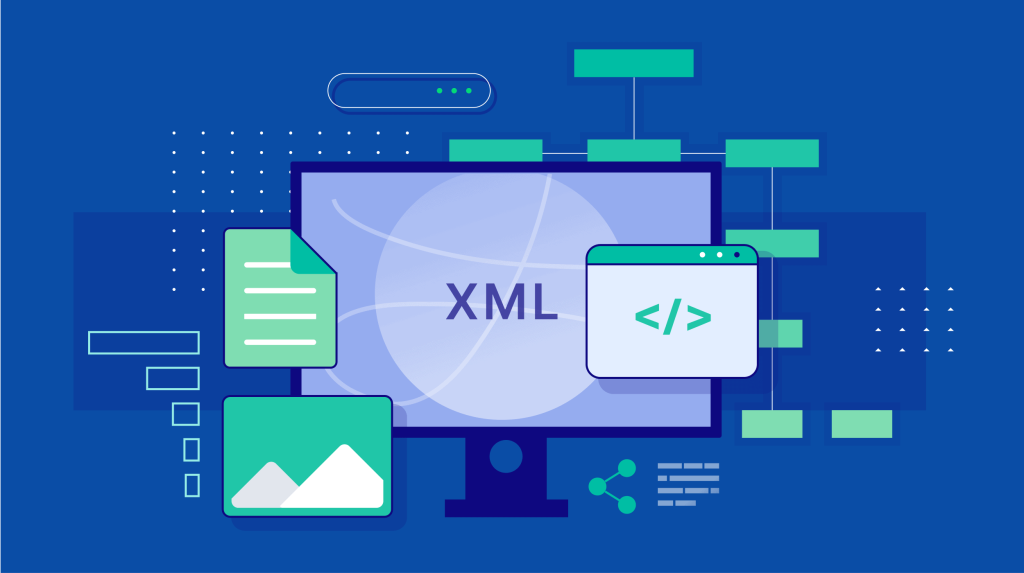
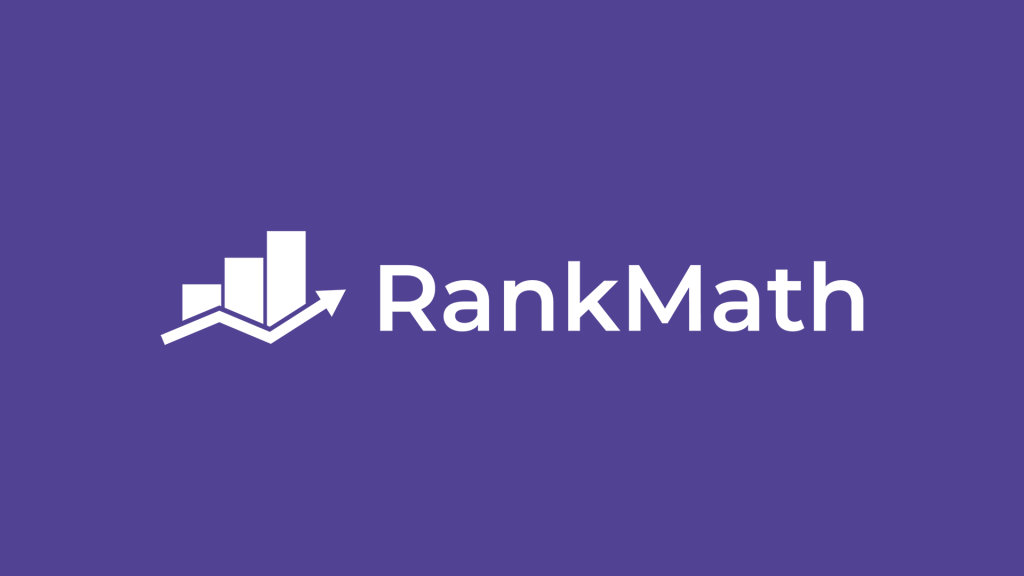

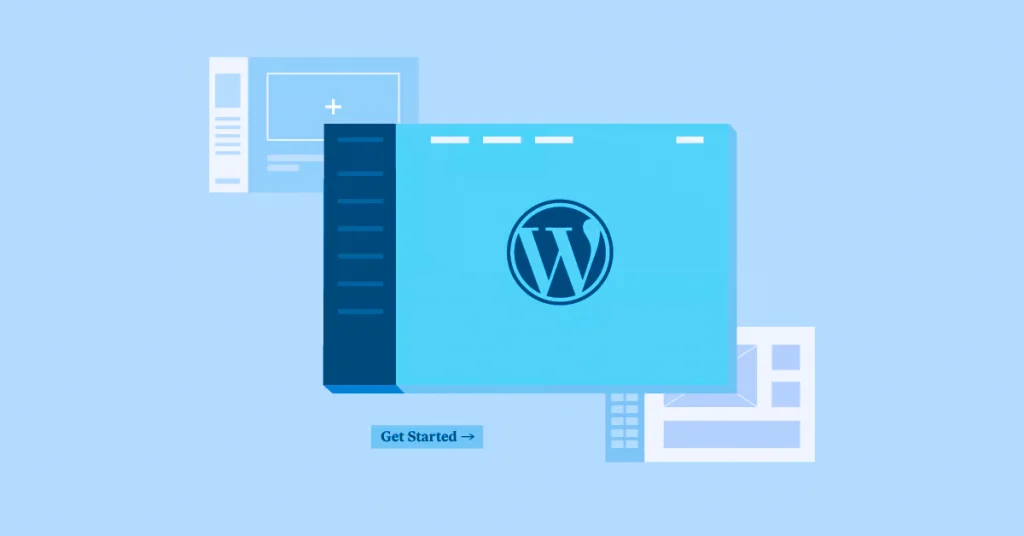


回應